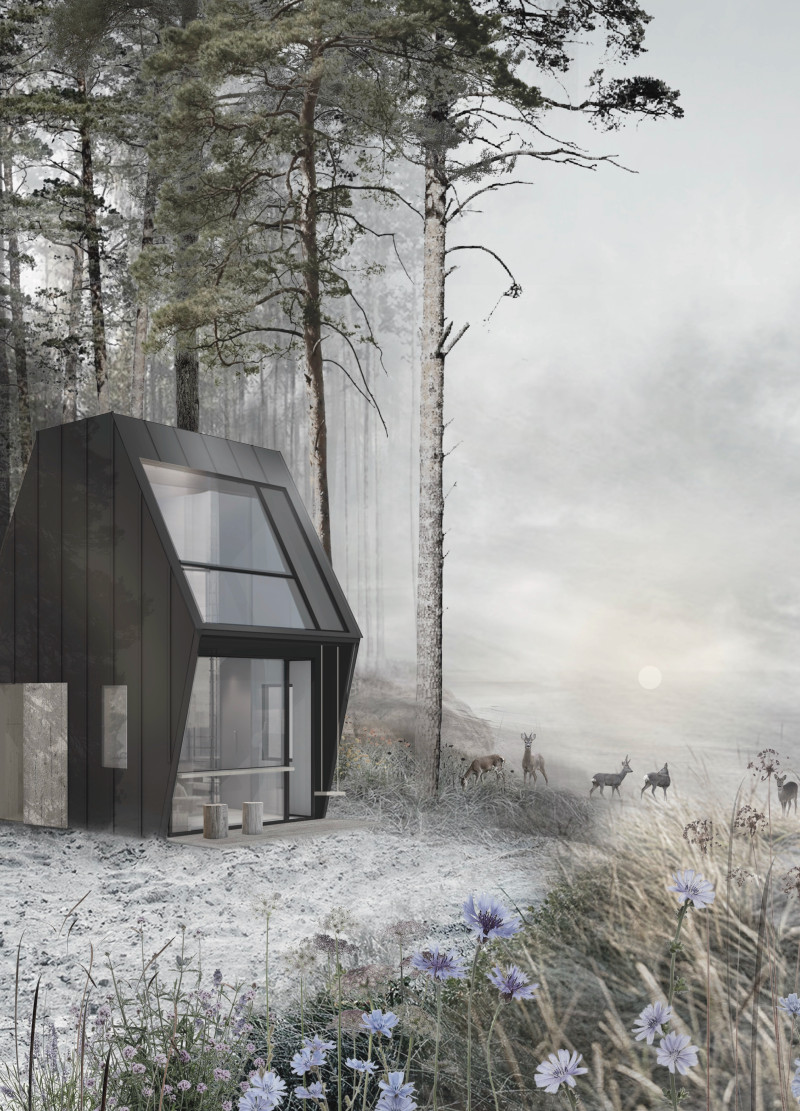5 key facts about this project
The design serves multiple purposes, catering to both individual requirements and communal gatherings. Spaces such as [insert significant areas, e.g., open-plan areas, offices, or public spaces] have been distributed strategically to optimize flow and accessibility. The architectural thought process behind this project emphasizes user interaction while maintaining an inviting atmosphere. This is achieved through the intentional arrangement of spaces that encourages movement and engagement, allowing for a dynamic user experience throughout the building.
Detail is at the forefront of this architectural endeavor. The selection of materials plays a pivotal role, exemplifying a commitment to quality and sustainability. Concrete forms the structural backbone, providing strength and durability while enabling expansive open spaces and lofty ceilings. Complementing the concrete, natural wood elements, such as cedar or oak, are used extensively in cladding and interior finishes, introducing warmth and a sense of connection to nature. The incorporation of large windows fitted with laminated safety glass not only saturates the interior with natural light but also fosters a continuous visual connection to the surrounding environment, blurring the lines between indoor and outdoor spaces.
The facade of the building showcases an intricate interplay between materials and textures. With a focus on visual rhythm and balance, the facade integrates features such as [insert specific architectural elements, e.g., balconies, sunshades, or perforations] which serve dual purposes of enhancing aesthetic value and improving energy efficiency. The use of reclaimed brick pays homage to the local architectural heritage, grounding the new design within its cultural context and enriching the narrative of the structure.
A standout characteristic of this project is its commitment to sustainability. Through innovative design approaches, such as [insert unique features related to sustainability, e.g., green roofs, solar panels, or rainwater harvesting systems], the project not only minimizes its environmental footprint but also educates users about sustainable practices. These features are seamlessly integrated into the architecture, showcasing that environmentally responsible design and functionality can coexist without compromising aesthetics.
Community impact is a vital consideration in this project. The inclusion of communal spaces such as parks, gathering areas, and public art installations fosters a sense of belonging and encourages social interactions among residents and visitors. This focus on community engagement highlights the project’s role as a cultural and social hub, reinforcing its significance beyond mere function as a building.
The architectural design is defined by its unique approaches to space and materiality. The keen attention to user experience in the layout, the thoughtful selection of sustainable materials, and the integration of community spaces create an environment that is not only livable but also enjoyable. The project stands as a model for future developments, showcasing how architecture can effectively respond to the needs of its community while remaining sensitive to its environmental context. With its well-considered design principles, this structure invites observers to rethink the possibilities of modern architecture and inspires further exploration of its architectural plans, sections, and ideas. Readers are encouraged to delve into the project presentation for a deeper understanding of the thoughtful details that define this architectural journey.

























